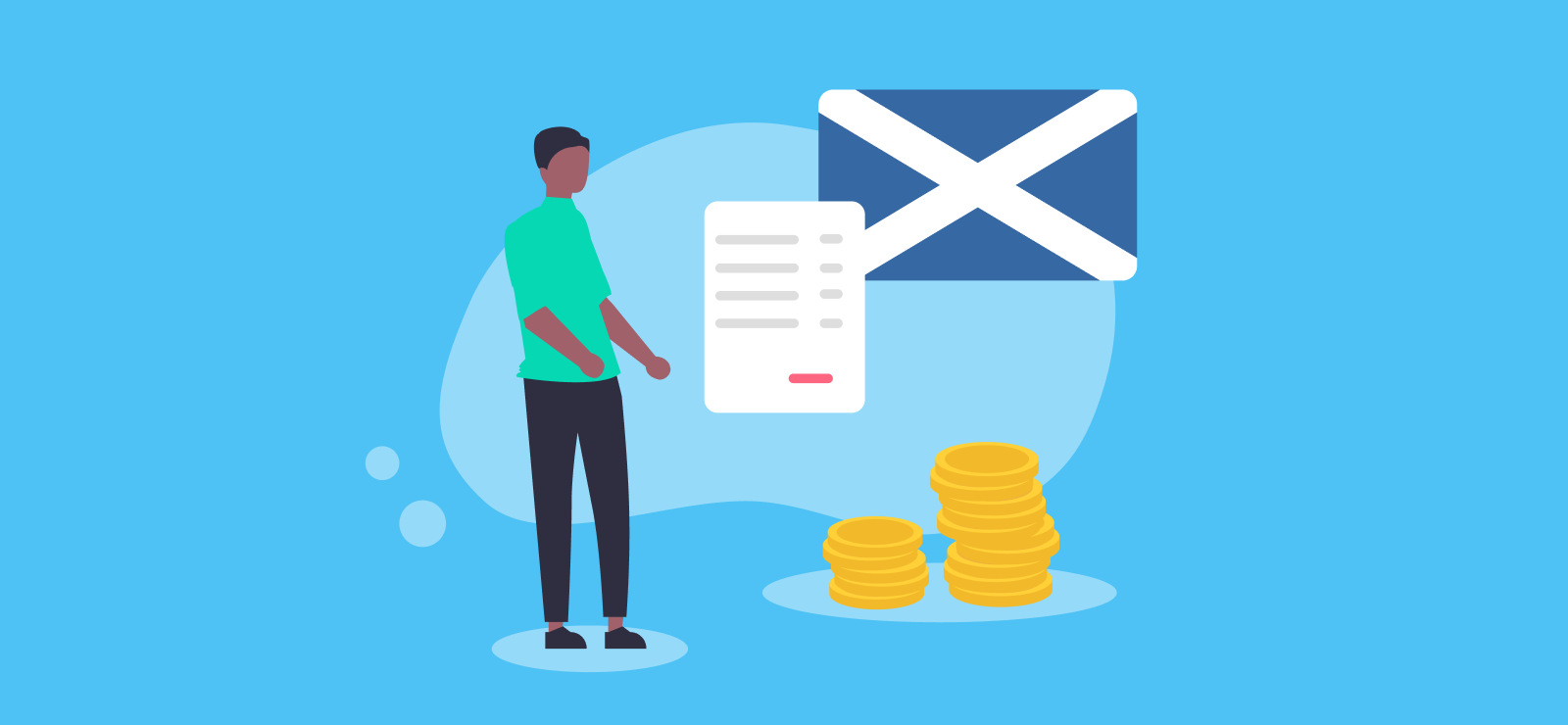

Partnerships, LLPs, and Auto-Enrolment
Setting up a partnership or Limited Liability Partnership (LLP) allows a group of people and organisations to work together in business. But what do these structures mean for pension auto-enrolment?
What is a partnership?
A partnership is where two or more people (or organisations!) set up in business together. For instance, two friends with complementary skills might decide to team up and work together. On the other end of the scale are partnerships which have hundreds, even thousands, of partners.
If they formed a limited company, then the business would pay tax as a separate entity, and they would be paid by the company. In a partnership the tax is a bit different, and although it submits a tax return, it doesn’t actually pay tax itself. Instead, partnerships are ‘transparent’, in that HMRC ‘look through’ the partnership to the partners, and they’re the ones that pay the tax.
Partnerships are as varied as any other business type, and you often find doctors’ surgeries, accountants, architects, and lawyers working as partnerships.
What is a Limited Liability Partnership (LLP)?
A Limited Liability Partnership (LLP) is a formal method of forming a partnership that protects the partners. Largely similar to a partnership in terms of tax, one of the key differences in a Limited Liability Partnership is that it offers the same sort of limited liability to its partners that a limited company does.
LLPs must register at Companies House and create formal documents show who owns the business, and how it should be run. Again, this is a bit like a limited company with its memorandum and articles of association.
The key difference between a general partnership and an LLP is the liability of the partners. In an LLP their personal liability is limited, so their personal assets have more protection.
Are partners exempt from auto-enrolment?
At this point it’s probably useful to explain what auto-enrolment usually means. In short, UK employers must set up a workplace pension scheme and automatically enrol eligible employees on to it.
Partnerships and LLPs can employ people just like any other business, and must pay them according to the same rules that apply to all employers. This usually involves paying employees through the normal PAYE system.
The same principle goes for auto-enrolment onto a pension scheme. Basically, if a person is defined as a worker, then they must be included in the auto-enrolment process.
All of the usual eligibility criteria still applies and like any other worker, they can decide to opt-out of the scheme. The problem can sometimes be deciding who is actually classed as an employee, and therefore eligible for auto-enrolment.
Salaried partners
Salaried partners, as the name suggests, draw a regular salary from the partnership. They often have a say in the strategic direction of the business, and they can share in the profits at the end of the year.
Non-salaried partners
Then we have the non-salaried partners, and this is where it gets a bit more complicated. Even though a partner might not receive a salary, they might still be classed as a ‘worker’ for pension purposes, and this could make them eligible for auto-enrolment rules.
It’s also worth noting that the definition of ‘worker’ for the purposes of pensions is subtly different to the definitions used for tax, employment, immigration, and IR35 rules. Make sure you assess each position using the right legislation!
Learn more about our online accounting services, and find out what help is available to you and your partnership. Call 020 3355 4047, or get an instant online quote.
Want to learn more?
Subscribe to our newsletter to get accounting tips like this right to your inbox

Read more posts...

UK Tax Rates, Thresholds and Allowances for the Self-Employed
15th January 2026Read our guide to UK tax rates and thresholds for sole traders, limited companies, partners and partnerships, employers, and other businesses. Paying…
Read More
The Accountancy Partnership – Our Positive Reviews
14th January 2026We’re proud of our customers’ reviews here at The Accountancy Partnership The reviews we receive from our customers show how hard we…
Read More
Scottish Income Tax Rates and Thresholds for 2025/26 and 2026/27
13th January 2026If you live or work in Scotland then you may need to pay tax on your earnings using the Scottish Income Tax…
Read MoreConfirm Transactions
The number of monthly transactions you have entered based on your turnover seem high. A transaction is one bookkeeping entry such as a sale, purchase, payment or receipt. Are you sure this is correct?
Please contact our sales team if you’re unsure
VAT Returns
It is unlikely you will need this service, unless you are voluntarily registered for VAT.
Are you sure this is correct?
Call us on 020 3355 4047 if you’re not sure.
Bookkeeping
You will receive our bookkeeping software Pandle for free, as part of your package.
You can use this to complete your own bookkeeping, or we can provide a quote to complete your bookkeeping for you.
Please select and option below:
Call us on 020 3355 4047 if you’re not sure.

